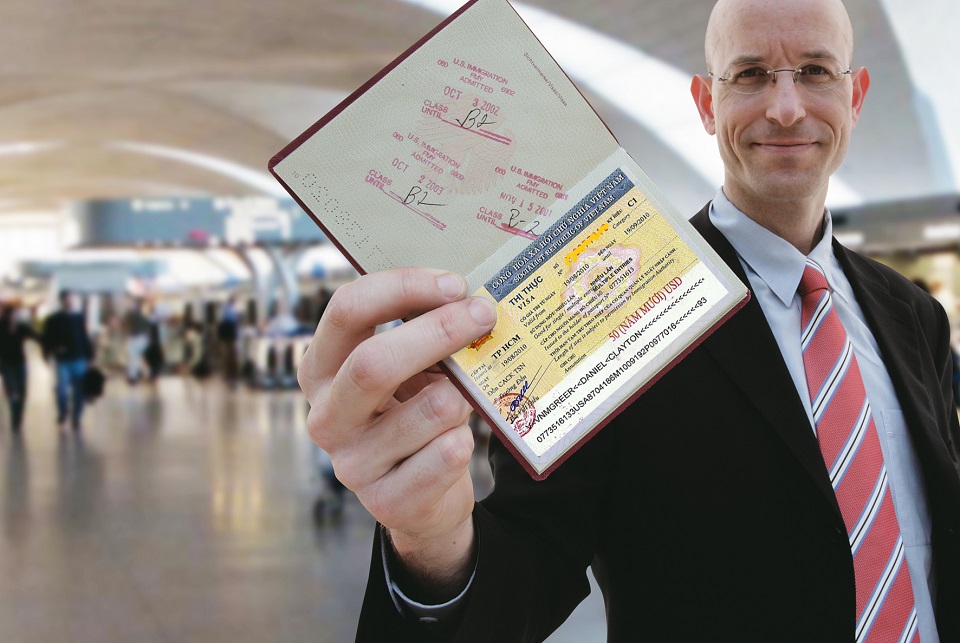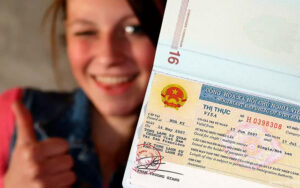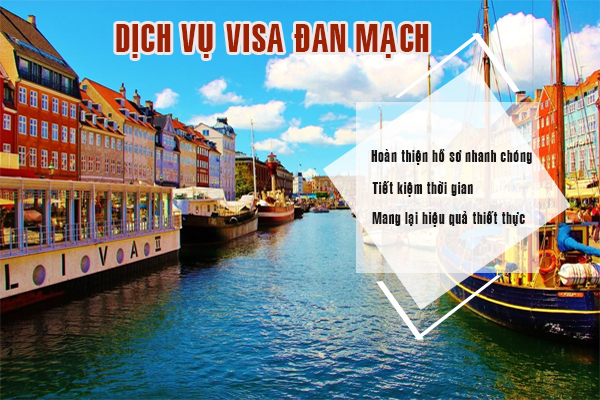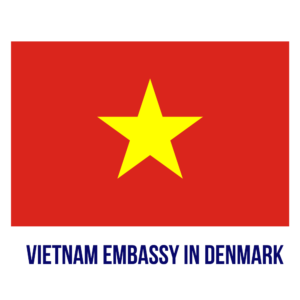Applying for a visa can often be a daunting and confusing process, especially if you are planning to visit a country for the first time. This is especially true for Vietnam, a popular tourist destination known for its bustling cities, stunning landscapes, and delicious cuisine. To make your trip to Vietnam as stress-free as possible, it is important to understand the entry requirements for obtaining a visa. In this article, we will provide a comprehensive guide on the entry requirements when applying for your Vietnam visa.
Table of Contents
Overview of Vietnam Visa Requirements
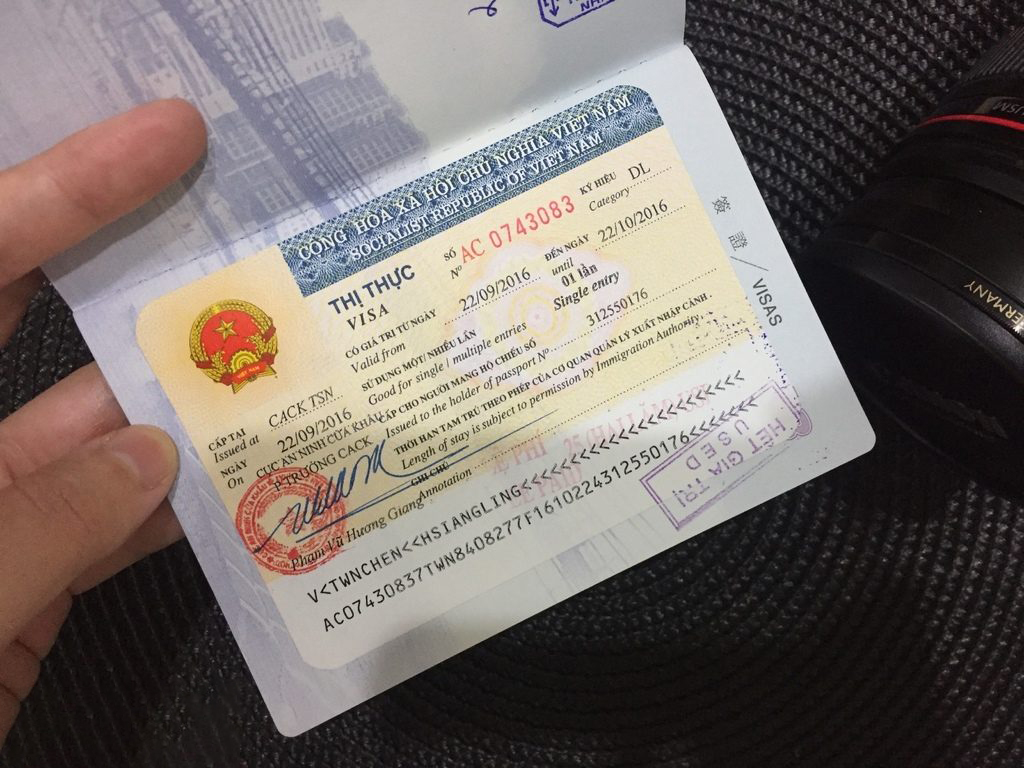
To enter Vietnam, most foreign nationals are required to have a valid visa. There are several types of visas available, including tourist visas, business visas, diplomatic visas, and student visas. The specific type of visa you need will depend on the purpose of your visit.
One important thing to note is that citizens of certain countries may be eligible for visa exemptions. This means they do not need to obtain a visa before travelling to Vietnam, and can stay in the country for a specified period of time without a visa. Currently, citizens of 24 countries, including Japan, South Korea, and Russia, are eligible for visa exemptions. You can check the full list of countries on the Vietnam Immigration Department’s website.
Now, let’s take a closer look at the entry requirements for obtaining a visa to Vietnam.
Valid Passport
The first and most basic requirement for obtaining a visa to Vietnam is a valid passport. Your passport must be valid for at least six months from the date of entry into Vietnam. It is also recommended to have at least two blank pages in your passport for visa stamps.
If you are applying for a visa through the embassy or consulate, you will need to submit your original passport along with your application. However, if you are applying online for an e-visa, you will only need to provide a scanned copy of your passport.
Visa Application Form
The next requirement is a completed visa application form. This form can be obtained from the embassy or consulate of Vietnam in your home country, or you can download it from the website of the Ministry of Foreign Affairs of Vietnam. The form must be filled out completely and accurately, with no missing information or errors.
Passport-Sized Photos
You will also need to submit two passport-sized photos when applying for a visa. These photos must meet specific requirements, including being taken within the last six months, having a plain white background, and showing your full face with a neutral expression. It is recommended to have these photos taken professionally to avoid any issues with your visa application.
Visa Fees
Fees for obtaining a visa to Vietnam vary depending on the type and length of the visa, as well as your nationality. For example, a single-entry tourist visa for 30 days would cost $25 for citizens of most countries, but $50 for US citizens. It is important to check the current visa fees before submitting your application to avoid any delays or complications.
Invitation Letter
If you are travelling on a business visa, you may be required to provide an invitation letter from your sponsoring company in Vietnam. This letter should state the purpose of your visit, the duration of your stay, and who will be responsible for your expenses during your time in Vietnam.
How to Apply for a Vietnam Visa
Now that you are familiar with the basic entry requirements, let’s take a look at the different ways you can apply for a Vietnam visa.
Embassy or Consulate
The traditional method of applying for a visa is through the embassy or consulate of Vietnam in your home country. This usually involves submitting your visa application form, passport, and other required documents in person, along with the visa fee. You will then need to wait for your visa to be processed, which can take anywhere from a few days to a few weeks.
E-Visa
An e-visa, or electronic visa, is an online application system that allows you to apply for a visa without visiting an embassy or consulate. This option is available for citizens of 80 countries, including the United States, Canada, and Australia. The process is quick and easy – simply fill out the online application form, upload your documents, and pay the visa fee. Your e-visa will then be sent to you via email, and you can enter Vietnam by presenting it at the immigration checkpoint.
Visa on Arrival
For those who are unable to apply for an e-visa, another option is to apply for a visa on arrival. This involves obtaining a visa approval letter from a travel agency or tour company, which you can use to pick up your visa upon arrival at one of Vietnam’s international airports. While this option may seem convenient, it is important to note that you will still need to wait in line at the airport to get your visa, and there is always a risk that your approval letter may not be accepted.
Frequently Asked Questions
What is the difference between a single-entry and multiple-entry visa?
A single-entry visa allows you to enter Vietnam once, while a multiple-entry visa allows you to enter and exit the country multiple times within the validity period of the visa.
Can I extend my visa while in Vietnam?
Yes, you can extend your visa if you wish to stay longer in Vietnam. However, this must be done before your current visa expires.
Can I apply for a visa through a third-party agency?
Yes, there are many travel agencies and visa companies that can assist you with your visa application. Just make sure to choose a reputable and reliable agency.
Do I need a visa if I am only transiting through Vietnam?
If you will be transiting through Vietnam for less than 24 hours and do not plan on leaving the airport, you do not need a visa. However, if your transit time is longer than 24 hours or you wish to leave the airport, you will need to obtain a transit visa.
Will I be interviewed when applying for a visa?
It is possible that you may be interviewed by the embassy or consulate when submitting your visa application. This is to ensure that the information provided in your application is accurate and to assess the purpose of your visit to Vietnam.




